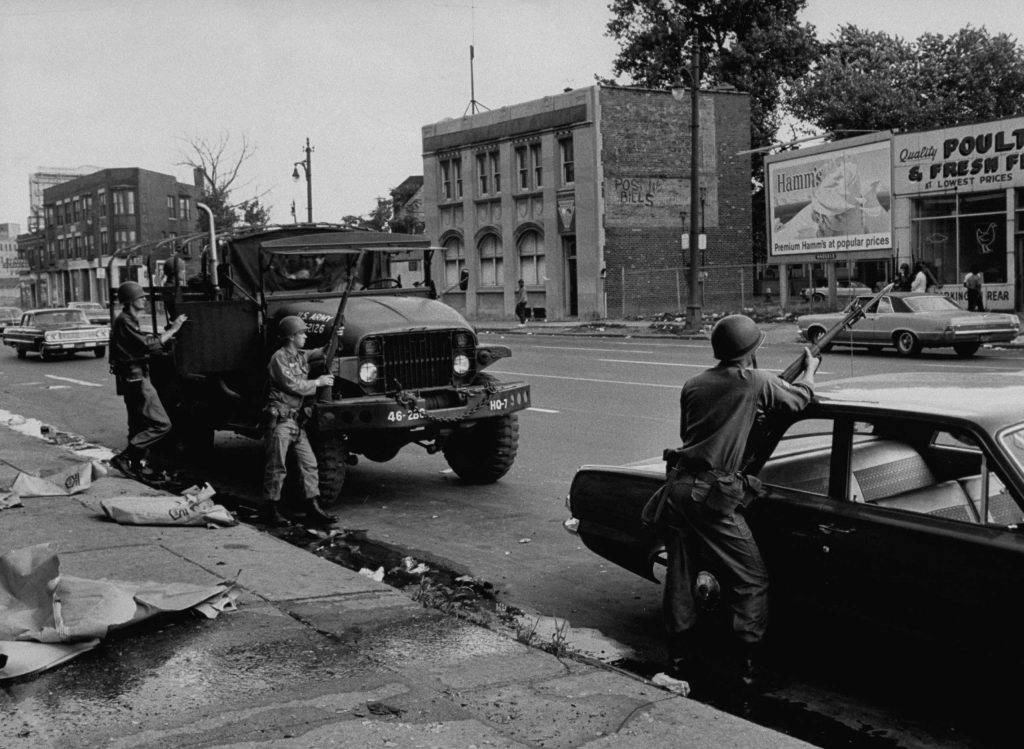Look at the titles and roles for which Dustin Hoffman is best known, and you’ll see clear proof that the Los Angeles native is one of the most accomplished screen actors America has ever produced: The Graduate. Midnight Cowboy. Little Big Man. Kramer vs. Kramer. Rain Man. Papillon. Tootise. Lenny. All the President’s Men. Wag the Dog.
And then, of course there’s his television work including his role voicing Lisa’s cool, sensitive, thoughtful substitute teacher, Mr. Bergstrom, in one of the greatest episodes of The Simpsons.
Here, LIFE.com offers photographs of Dustin Hoffman—most of which never ran in LIFE—made by John Dominis when the actor was just coming into his own as an artist and a star. (Many of the photos here feature Hoffman with his first wife, Anne Byrne, and her daughter from a previous marriage, Karina.)
At the time these pictures were made, Midnight Cowboy and The Graduate were behind him. Many of his greatest, defining roles were still ahead of him. But Hoffman admitted something to the magazine in the July 11, 1969, issue of LIFE in which a few of these pictures first appeared that today sounds a bit jarring:
“I don’t think at 50 you should be doing what you did when you were 30,” he said, referring to his own plans to become a director as soon as possible. “Acting, especially film acting, seems to me to be more of a female profession. The director, who has all the creative power, really uses the actor. I don’t know many actors who enjoy the work of acting. I like the adulation, the money, the whole gimmick of it, but I don’t think I’m a natural actor.”
Then, in a kind of wistful coda, the 31-year-old Hoffman admits, “I don’t see how people who have done 70 movies keep going.”
Before he’s through, the man who has inhabited some of the most distinctive characters in film history might look back at that sort of declaration and crack that famous, crooked, knowing smile.
Liz Ronk edited this gallery for LIFE.com. Follow her on Twitter at @LizabethRonk.

Dustin Hoffman, 1969.
John Dominis The LIFE Picture Collection/Shutterstock

Dustin Hoffman with his stepdaughter Karina, 1969.
John Dominis The LIFE Picture Collection/Shutterstock

Dustin Hoffman with his stepdaughter Karina, 1969.
John Dominis The LIFE Picture Collection/Shutterstock

Dustin Hoffman with his stepdaughter Karina, 1969.
John Dominis The LIFE Picture Collection/Shutterstock

Dustin Hoffman signs autographs outside the theater where he starred in the play (which he also directed), Jimmy Shine, New York City, 1969.
John Dominis The LIFE Picture Collection/Shutterstock

Dustin Hoffman in his dressing room for the play (which he also directed), Jimmy Shine, New York City, 1969.
John Dominis The LIFE Picture Collection/Shutterstock

Dustin Hoffman in his trailer during the filming of the movie, John and Mary, in which he starred with Mia Farrow, New York City, 1969.
John Dominis The LIFE Picture Collection/Shutterstock

Dustin Hoffman with his wife Anne and daughter Karina, New York, 1969.
John Dominis The LIFE Picture Collection/Shutterstock

Dustin Hoffman and family, New York, 1969.
John Dominis The LIFE Picture Collection/Shutterstock

Dustin Hoffman and family, New York, 1969.
John Dominis The LIFE Picture Collection/Shutterstock

Dustin Hoffman naps between takes on the set, 1969
John Dominis The LIFE Picture Collection/Shutterstock

Dustin Hoffman and wife, Anne, and their dog Ratso, New York, 1969.
John Dominis The LIFE Picture Collection/Shutterstock

Dustin Hoffman with his dog Ratso, New York, 1969.
John Dominis The LIFE Picture Collection/Shutterstock

Dustin Hoffman on the way to the theater with his dog, Ratso, New York, 1969.
John Dominis The LIFE Picture Collection/Shutterstock

Dustin Hoffman and Mia Farrow on set of the film, John and Mary, New York, 1969.
John Dominis The LIFE Picture Collection/Shutterstock

Dustin Hoffman plays tennis during filming of the movie, John and Mary, New York, 1969.
John Dominis The LIFE Picture Collection/Shutterstock

Dustin Hoffman asleep on the set of the 1969 movie, John and Mary.
John Dominis The LIFE Picture Collection/Shutterstock

Dustin Hoffman chases after his dog Ratso in New York’s Riverside Park, 1969.
John Dominis The LIFE Picture Collection/Shutterstock

Dustin Hoffman during filming of the 1969 movie, John and Mary.
John Dominis The LIFE Picture Collection/Shutterstock

Original caption: “On a rare day away from work, Dustin Hoffman browsed in Greenwich Village shops with Anne and later kissed her in a taxi (above), New York, 1969.”
John Dominis The LIFE Picture Collection/Shutterstock
























































































































